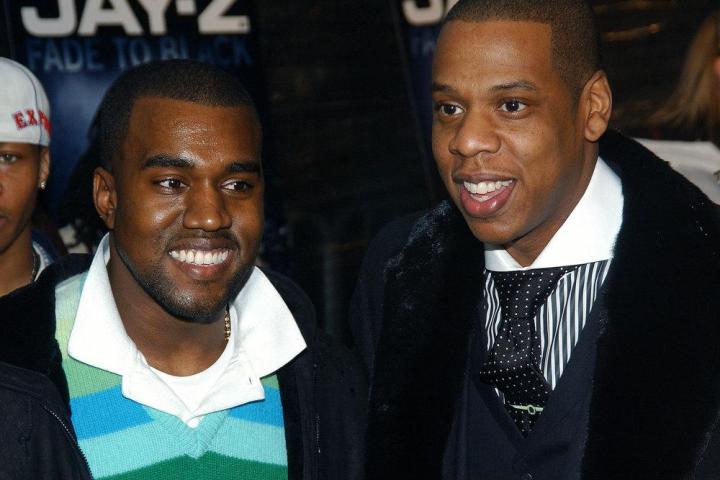
Tidal, the hi-fi streaming service recently acquired by Jay-Z for $56 million, launched yesterday with a star-studded press conference in New York City. In total, 18 high profile artists — from Kanye West and Rihanna to Daft Punk, Usher and Chris Martin (of Coldplay) — came together to celebrate the first ‘artist-owned’ music streaming service.
“Tonight is still the beginning of an exciting path ahead,” Roc Nation’s chief investment officer Vania Schlogel said. “Tidal is a global and rapidly expanding streaming platform. We are here today to offer something different: a platform owned by artists, as dynamic as the artists behind it.” Billboard noted that each of the artist ‘owners’ of Tidal were offered a 3 percent stake in the company.
Breaking into the streaming market could be difficult for Tidal. The service’s main selling point is hi-fidelity audio, an extensive video library and — possibly — better payouts to artists. Tidal currently has 540,000 paid subscribers compared to Spotify’s 15 million and Deezer’s 6 million.
Most prominent in the conference, though, was the focus on music celebrities. Singer Alicia Keys spoke the longest, touting the unquantifiable nature of music (and quoting Nietsche). “Music is so powerful, and that is what Tidal will be. A place for connection between artists and fans, where we will deliver exclusive experiences that cannot be found anywhere else… a sound business enterprise that promotes the health and sustainability of our art and our industry around the world.”
While Jay-Z didn’t speak at the press conference, Billboard released an exclusive interview with him on his vision for the new streaming service at the end of the event. “Will artists make more money? Even if it means less profit for our bottom line, absolutely. That’s easy for us,” said Jay-Z. “We can do that. Less profit for our bottom line, more money for the artist; fantastic. Let’s do that today.”
What remains to be seen is whether CD-quality streaming audio has enough appeal to convince a broad spectrum of music fans to pull the trigger on a $20/month subscription fee. Tidal does offer a $10 option which streams music at a quality more in line with Spotify’s 320kbps, but then, why not just go with Spotify in the first place?
Perhaps that’s why Tidal is leaning so heavily on artist endorsements. One can’t help wonder if those artists who are able to might follow in Taylor Swift’s footsteps by pulling their content from other streaming services for a Tidal exclusive. If Tidal builds enough momentum with artists, it could potentially increase its appeal with a demographic outside those simply seeking higher quality — that may be exactly what Tidal needs to make big waves in an already competitive market.
Editors' Recommendations
- Tidal vs. Spotify: Which music streaming service has the features you need?
- Nissan’s Z goes back to the future with retro styling, modern tech
- Tidal’s new ‘Contributor Mix’ is an in-depth look at your favorite artists
- Dolby Atmos Music is now available on Tidal HiFi via select devices
- Plex amps up its music offerings with tighter integration with Tidal


